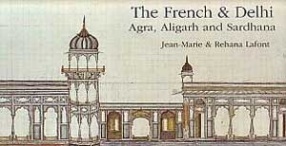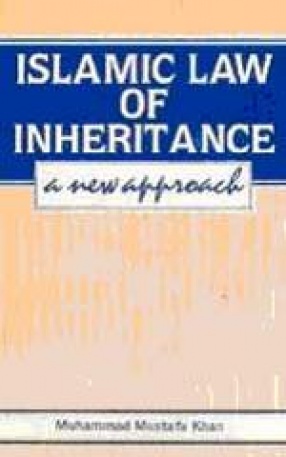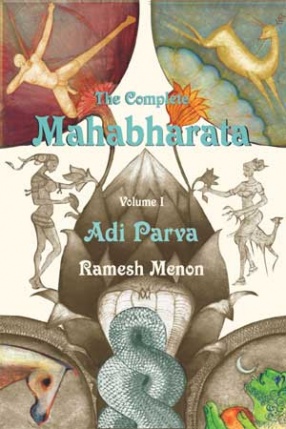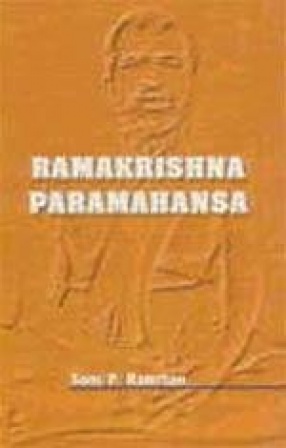This collection deals with the French who lived in India between 1550 and 1857, sharing their know-how and skills with the Indian states they served. The first volume concerns Delhi and Agra, capitals of the Mughal Empire and some principalities like Gohad, Bharatpur (Jats), Aligarh (Marathas and Sindhia), and Sardhana (Colonel and Begum Sumroo), which became independent when the empire started disintegrating in the eighteenth century.
These Frenchman loved Hindustan, where they lived and worked, often marrying Indian women and leaving descendants in their adopted country. They were instrumental in the transfer of military technology to the Indian states and they helped start a (Military Revolution) similar to the one in Europe in the fifteenth to seventeenth centuries. But that revolution was aborted when the British Raj took over, leading to an (Arrested Development) to use Clive Dewey's term.
These Frenchmen were also great collectors of paintings and manuscripts. In the French and Delhi volume, there are 213 illustrations, including large drawings of the Afghan Salim Shah Suri's Blue Palace and the Mughal Palaces of the capital, which were commissioned by Colonel Gentil from an Indian architect in 1774.
You will find here the well-known descriptions of Bernier and Tavernier, but also the lesser known ones by Law de Lauriston, Madec, Modave, Jacquemont and Rousselet, while the testimonies of Augustin de Bordeaux, Maille, Seuillet or Volton are almost unknown. The enormous curiosity and warmth of these Frenchmen are revealed page after page, for the states they served but also the people among whom they lived.
Who was the first to write about a second Taj Mahal across the Jamuna, without mentioning it would be black? Where is one of the oldest surviving paintings of the Taj Mahal? Who was Ibrahim Khan Gardi who died with his troops defending Delhi during the Second Battle of Panipat in 1761? Who was the only Frenchman to be named Prefet of Delhi c. 1797, and whose Indian wife attempted to assume power through a coup d'etat after his death? How did Louis Bourquien risk his life and loose his fortune to defend Delhi against Lord Lake in 1803? Who were the Franco-Indian poets of Delhi, writing in Urdu and Persian? What is the origin of the Skinner's Horse, one of the most well-known regiments of the British Raj and of the Indian army today? Where was the Napoleon gallery in Delhi between 1820 and 1857? What was the French perception of the (Revolte Des Cipayes)? Who was Captain Nemo, the best known hero of Jules Verne's novels? Why is there such an important French influence in the architecture and planning of Washington and New Delhi? Surprise yourself with the answers to these and other unusual questions in this book.





There are no reviews yet.